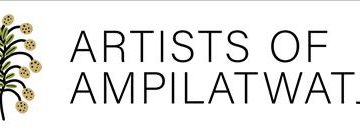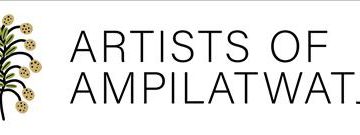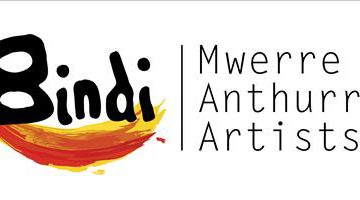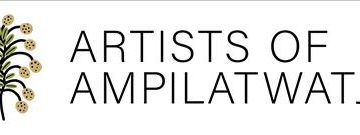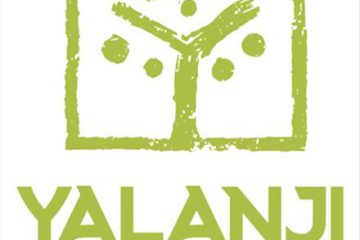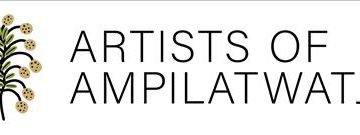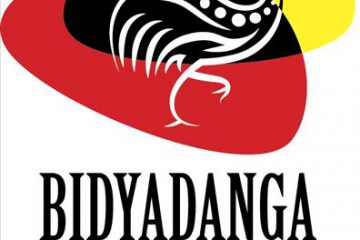Artists of Ampilatwatja
220982383646
Sevania Kemarre Bonney – Great Grandmothers Country My Great Grandmothers Country is where we go hunting. We hunt arlewatyerr (goanna) and arwengerrp(bush turkey). After the big rains we swim in the river. We look for sweet alkwarrer (bush banana), anaty (bush potato) and akarley (wild oranges). I am inspired by the Read more…
